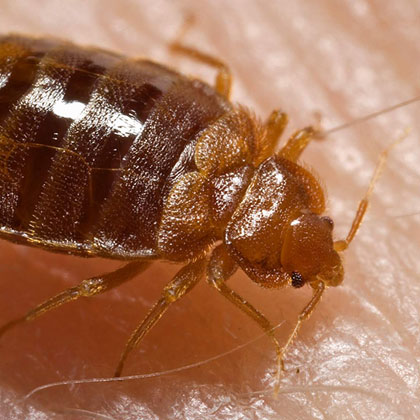Children pay the price for mountaintop removal

Children pay the price for mountaintop removal
From a distance, it sounds like thunder. Explosive charges blast five hundred feet or more of bedrock from mountain peaks across Appalachia. New research highlights how mountaintop removal can harm Appalachia’s children, not just its landscape.
Buttling, Lauren G. et al. “Maternal proximity to Central Appalachia surface mining and birth outcomes.” Environmental Epidemiology 5.1 (2021). DOI: 10.1097/EE9.0000000000000128
Mountaintop removal uses explosives to break apart up to eight hundred feet of bedrock to mine valuable coal seams beneath. Mountaintop removal is a relatively new form of coal mining – and typically employs far fewer people than traditional mines. Yet, over half of all coal extraction in Appalachia is done via mountaintop removal. The loose rocks that fly from the blasts have buried an estimated two thousand miles of mountain streams in the past few decades. In addition to the ecological costs of mountaintop removal, this practice has long been controversial for its impacts on local communities. A troubling, yet growing, body of research shows that people who live near mountaintop removal mines may suffer profound health impacts throughout their lives. A new study published in Environmental Epidemiology reveals that these impacts begin even before birth.
This research caps a decade of controversy over whether mountaintop removal causes birth defects. In 2011, coal industry lawyers criticized a major study for using county-level data rather than more precise, localized measurements. Curiously, the lawyers also had another criticism: that the study failed to consider inbreeding. To many, this remark echoed old stereotypes of Appalachia - and community backlash was swift.
Scientists have fought this prejudice with data. More precise measurements and more data points strengthen the link between birth outcomes and mountaintop removal. Researchers have even taken to the skies, using advanced satellite and drone data to map the impacts of explosive mining. Lauren Buttling and her co-authors from Virginia Tech have demonstrated a correlation between low birth weight, pre-term birth, and proximity to mining sites. Buttling’s team mapped mountaintop removal sites with Landsat data and combed through hundreds of thousands of birth records across Tennessee, Virginia, West Virginia, and Kentucky. Then, the researchers calculated the distance between each parent’s address and nearby mining sites. Their data showed a distinct link between birth outcomes and active mining. For every 1 percent increase in active mining within 5 kilometers of a family home, there is an estimated 6 percent increase in the odds of a pre-term birth. The risk of pre-term birth is an estimated two-and-a-half times higher for families with the most active mining within 5 kilometers of their home. Mothers who live near mountaintop removal mines, in short, may be over twice as likely to give birth prematurely.
The coal trucks that lumber up and down mountain roads are one possible driver of these disparities. Particulate matter, the fine black soot in diesel fumes, is small enough to slip through the lining of the lungs, and travel from mother to baby through her blood. Similar studies support this finding. In Los Angeles, for instance, researchers found a correlation between diesel exhaust exposure and pre-term birth. Air pollution exposure during different stages of pregnancy can also have different degrees of impact, meaning that mountaintop removal may also be a source of chronic exposure over time. Another possible cause is the release of heavy metals. As the bedrock is blasted away, heavy metals and other compounds locked deep underground are exposed to the wind and rain, and gradually leach into drinking water. Families near mountaintop removal mines may be exposed to potentially contaminated water, or breathe in silica and hydrocarbon compounds. Mothers may pass along pollution to their unborn child with every breath they take.
Central Appalachia already suffers from stark health disparities. Although many of us rarely see just how staggering these disparities can be, further research can help to shine a light. Studies like Dr. Buttling’s help to highlight the importance of environmental factors on health. Complications in childbirth can arise from a constellation of causes - not solely the choices parents make, but also the water they drink, and even the air they breathe.
Communities near mining sites deserve more research on the true human cost of mountaintop removal. One bill, the Appalachian Community Health Emergency Act (ACHE Act), would provide a lifeline to directly support such studies - and stop permits for mountaintop mines unless they could be shown to be safe.




